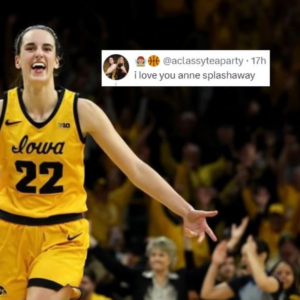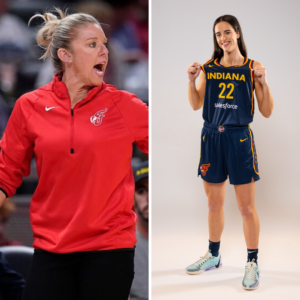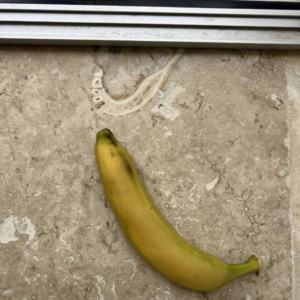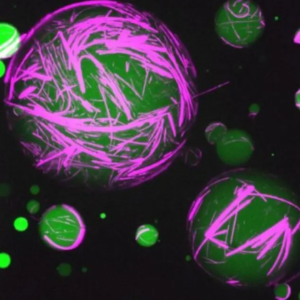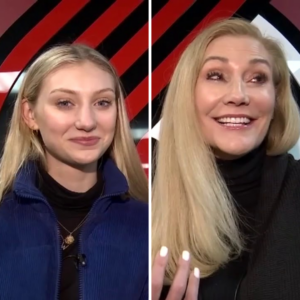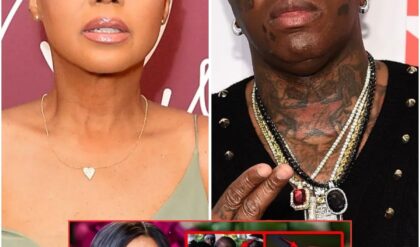
Despite subsequent searches, including during the establishment of Jamestown in 1607, no survivors were found. Some records suggest that Powhatan, a Native American leader in eastern Virginia, may have been involved, but this remains uncertain. Among the 115 missing colonists were White’s daughter, son-in-law, and granddaughter, Virginia Dare, the first English child born in North America. Their fate remains “the biggest unsolved mystery in American history,” according to William Kelso, an archaeologist.
Archaeologically, the colony’s location and fate remain elusive. Charles Ewen of East Carolina University stated that the main settlement’s discovery has been elusive, with past assumptions challenged by artifacts dating after the colony’s disappearance. Erosion on Roanoke Island over the centuries suggests that any remnants of the colony may now be underwater, further complicating efforts to uncover the truth.
Searching for clues

Numerous theories circulate regarding the fate of the Roanoke colonists, ranging from attacks by Native Americans or the Spanish, to starvation, disease, intermarriage with Native American groups, or failed attempts to return to England. Dennis Blanton, an associate professor of anthropology at James Madison University, suggests that unraveling the mystery may rely on multiple lines of archaeological or genetic evidence.
Efforts to decipher the colonists’ destiny are likely to depend on various forms of scientific investigation, including DNA analysis of descendants of the Native Americans in the region. Archaeological research in recent decades has yielded potential insights. For instance, on Hatteras Island, a University of Bristol archaeology team, in collaboration with a local society, has unearthed several late 16th-century artifacts that could be linked to the Roanoke colonists. These discoveries, such as German pottery, a rapier handle, and a Nuremberg coin resembling those found on Roanoke Island, suggest that some colonists may have reached Hatteras Island and possibly integrated into the Native American population there, known as the Croatoan people.
Furthermore, archaeologists affiliated with the North Carolina-based First Colony Foundation have been excavating two sites known as “site x” and “site y” on the mainland in Bertie County, North Carolina. Here, they discovered 16th-century European ceramics that could potentially be attributed to the lost Roanoke colonists. Notably, a late 16th-century map, now housed in the British Museum in London, depicts two fort symbols near the locations of these sites. This suggests that the Roanoke colonists might have been aware of these areas and harbored intentions of constructing forts there in the future. Despite being invisible to the naked eye, the fort symbols were detected using advanced imaging techniques, as highlighted by the First Colony Foundation in a 2012 statement.
Site x, situated adjacent to a Native American village, has led researchers to speculate that the inhabitants of this village may have provided protection to survivors from the Roanoke colony. Historian James Horn, president and chief officer of the Jamestown Rediscovery Foundation, suggested that the settlers could have been under the safeguard of the influential Chowanoac tribe, residing along the north bank of the Chowan River.
Blanton theorized that following the collapse of the Roanoke colony, survivors may have fragmented into various groups. He explained that it is not uncommon for competing factions to emerge among struggling colonial communities. Some of the colonists may have integrated with Native American groups for survival, while others might have attempted to forge their paths independently.
News
WNBA Fans Buzz Over “Anne Splashaway” Nickname for Caitlin Clark
Upon witnessing Caitlin Clark’s three-point prowess during the Indiana Fever’s training camp, a WNBA fan took to social media to coin a creative nickname for the 2024 WNBA Draft’s top pick. Inspired by Clark’s sharpshooting skills, the fan cleverly dubbed…
“It wasn’t like this”: Angel Reese notes Clear Distinction in quality between NCAA and WNBA
Angel Reese, a standout college star and 2023 NCAA champion, made waves in the 2024 WNBA draft when she was selected by the Chicago Sky as the seventh overall pick. Since joining the team, Reese has been fully committed to…
“No deposit, no return mindset”: Indiana Fever Coach Establishes Standards for Caitlin Clark, Aliyah Boston, and Co Prior to Season Opener
All eyes are fixed on the Indiana Fever ahead of the 2024 WNBA season, following their acquisition of the highly coveted consensus number one overall pick, Caitlin Clark, in the 2024 WNBA draft. Amidst heightened expectations, head coach Christie Sides…
Dentist Finds What May Be A Prehistoric Human Jawbone Embedded In His Parents’ New Floor
The discovery of a human mandible embedded in travertine flooring during a home renovation in Europe has sparked curiosity and raised questions about its origins. The mandible was noticed by the homeowner’s son, a dentist, who recognized its unmistakable shape….
Researchers Have Successfully Created Artificial Cells That Act Just Like Human Cells
The University of North Carolina at Chapel Hill researchers have achieved a significant breakthrough in biotechnology by engineering artificial cells with life-like behavior using DNA-peptide technology. In their experiment, the team manipulated peptides and genetic material to create cell cytoskeletons,…
LA Sparks 1st Rounder Cameron Brink and Mother Groove to GloRilla’s Beats in Latest TikTok, Sporting $8,600 Hermes Bag
Cameron Brink shares a close bond with her mother, Michelle, often showcased on social media. Recently, they posted a TikTok video dancing to the rhythm of rapper GloRilla’s “Yeah Glo!” In the clip, the former Stanford standout was spotted accessorizing…
End of content
No more pages to load
